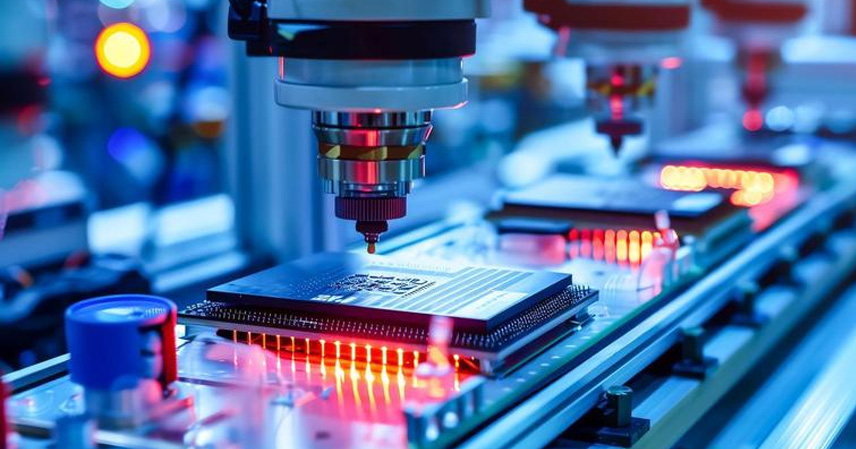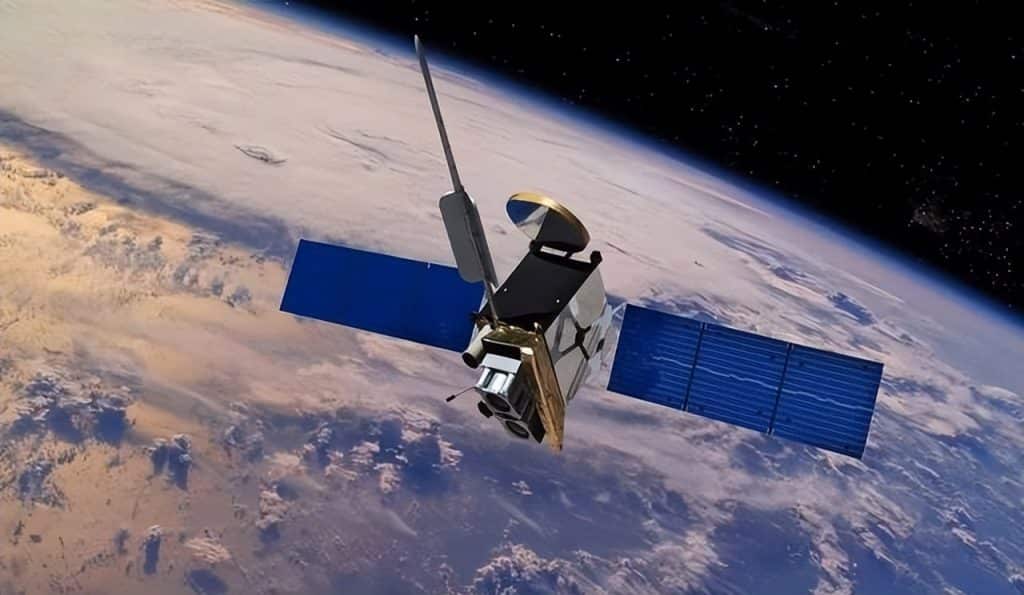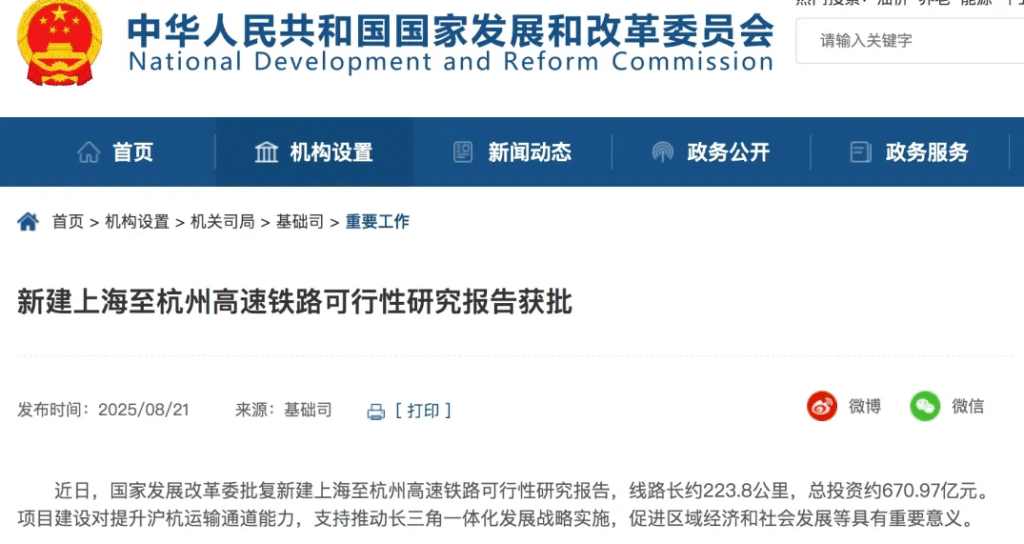In just two years, the global semiconductor industry seems to have hit fast-forward. The escalating tech rivalry between the U.S. and China has now drawn in Europe — once known for its “pragmatic neutrality.” Dutch lithography giant ASML and several of its supply chain partners have quietly pushed back against forced export restrictions.
They didn’t issue slogans or public defiance. Yet their collective maneuver has rattled global media, with headlines warning: “This could change everything.” The issue isn’t just about a few export licenses — it’s about the future direction of the global semiconductor supply chain.
A Squeeze from Both Sides
Since 2025, the U.S. government has kept tightening its grip on technology exports, while Chinese firms accelerate domestic alternatives. ASML finds itself trapped in the middle — and the Dutch government torn between politics and profits. This is no longer about obedience; it’s about survival.
When policies get tougher, companies suffocate.
In 2023, ASML was thrust into the crossfire as the U.S. banned exports of its most advanced EUV lithography machines to China. ASML’s share price plunged overnight, market value evaporated, and growth forecasts were slashed.
In 2024, the Dutch government — under U.S. pressure — revoked export licenses for several DUV models, hitting ASML’s orders again. By September 2025, new regulations extended even to the more mature 1970i and 1980i DUV systems, requiring fresh export approvals.
These machines are the backbone of China’s chipmaking capacity. Restricting them affects far more than one or two firms. While ASML hasn’t openly criticized its government, its financial reports and shareholder statements reveal deep frustration.
The company won’t openly rebel, but it won’t surrender either. Instead, it walks a fine line — emphasizing that “the global chip supply chain is indivisible” while quietly maintaining shipments to China wherever legally possible.
A Business Model Under Pressure
In 2023, China accounted for nearly 30% of ASML’s total revenue. By early 2024, that figure surged to nearly half — then dipped back to about a quarter by mid-2025.
This volatility tells two stories: restrictive policies are reshaping global trade flows, and companies are adjusting their delivery strategies accordingly.
Investment agencies have started to downgrade ASML’s growth outlook, questioning whether it can sustain its record profits. Unsurprisingly, ASML’s CEO now repeats one mantra in every interview: “Global cooperation is the only path forward.”
Europe’s Supply Chain Pushback
ASML isn’t alone. German optics giant Carl Zeiss, one of its key partners, announced in 2024 that it would continue supplying components regardless of external probes. In 2025, it expanded local production capacity — a clear move to manage future uncertainty.
Smaller Dutch suppliers are also finding creative workarounds: rerouting logistics, adding “confidentiality clauses,” and tweaking contracts to minimize political interference.
One insider put it bluntly:
“If we lose Chinese clients, our company goes bankrupt.”
It’s a harsh statement — but brutally realistic.
Even within the Netherlands, politicians are questioning U.S. policy. Some lawmakers have criticized Washington’s ever-changing export rules that Europe ends up paying for.
Back in 2023, the Dutch foreign ministry had already clarified that DUV export licensing authority rests with The Hague, not Washington. The message was subtle but firm: Europe is starting to reclaim its technological sovereignty.
Meanwhile, in October 2025, a U.S. congressional committee singled out ASML, claiming its China sales pose “security risks” — recommending a full-scale DUV export ban.
That statement sent ASML’s stock tumbling again and further spooked European investors, who now fear a total technology lockdown could be next.
China’s Strategic Response
China, for its part, has chosen measured but decisive counteractions.
In October 2025, Beijing announced export controls on rare earth materials — vital inputs for high-end manufacturing. ASML acknowledged that the policy would raise its supply chain costs, as components like lasers and optical lenses rely on these materials.
While production won’t halt overnight, the long-term impact is unavoidable. Suppliers are already stockpiling raw materials to prevent shortages.
At the same time, China is accelerating domestic innovation. Shanghai Micro Electronics (SMEE) has begun mass production of mid-range lithography machines, and although still far from EUV capability, these tools are increasingly practical.
In 2025, domestic lithography machine deliveries doubled year-on-year, gradually eroding ASML’s dominance in China.
SMIC is also making progress, using multi-patterning techniques to produce more advanced chips without EUV tools. It’s inefficient, but it proves that China can move forward without ASML’s top-end systems.
Meanwhile, Huawei’s chip design comeback demonstrates another key shift — self-reliance across design and manufacturing layers. China’s strategy is clear: not confrontation, but steady, layered substitution — from materials to equipment to finished products.
A Global Supply Chain Rewritten
This fight over lithography machines is more than a trade spat — it’s a reordering of the world’s semiconductor ecosystem.
For ASML, this is not only about export licenses but about the viability of its global business model. In an era of deglobalization, the company must walk a tightrope between political obedience and economic survival.
Suppliers like Zeiss are localizing, others are diversifying — all signals of an industry adapting to permanent uncertainty.
China, meanwhile, is reshaping the game: asserting resource control, pushing technological autonomy, and leveraging policy tools like rare earths to guide the industrial balance.
The once-centralized chip ecosystem — dominated by a few critical nodes — is now splintering. Complete “de-ASMLization” or “de-Chinafication” may be far off, but each new sanction and countermeasure drives the world closer to a fragmented, regionalized semiconductor map.
References:
- Financial Times, Reuters, Bloomberg, Chinese Ministry of Commerce announcements, ASML annual reports (2023–2025)



